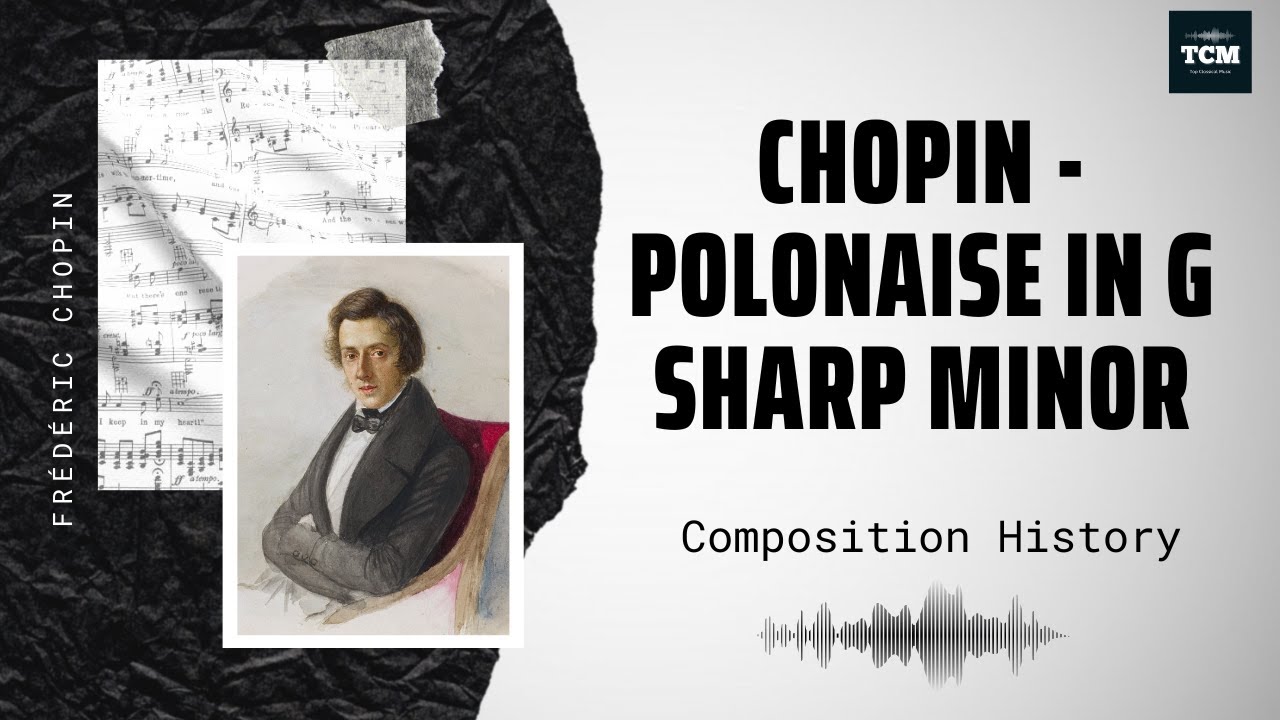
Chopin – Etude Op. 10 – Music | History
Chopin – Etude Op. 10 – Music | History The Études by Frédéric Chopin are three sets of études (solo studies) for the piano published during[…]

Chopin – Etude Op. 25 – Music | History
Chopin – Etude Op. 25 – Music | History The Études by Frédéric Chopin are three sets of études (solo studies) for the piano published during[…]

Chopin – Nocturne in D flat major Op. 27 No. 2 – Music | History
Chopin – Nocturne in D flat major Op. 27 No. 2 – Music | History The Nocturnes, Op. 27 are two solo piano pieces composed by[…]

Chopin – Nocturne in B major Op. 9 No. 3 – Music | History
Chopin – Nocturne in B major Op. 9 No. 3 – Music | History The Nocturnes, Op. 9 are a set of three nocturnes written by[…]

Chopin – Bourrée No. 1 & No. 2 – Music | History
Chopin – Bourrée No. 1 & No. 2 – Music | History The bourrée originates in Auvergne in France. It is sometimes called the “French clog[…]

Chopin – Preludes Op. 28 – No. 1-24 – Music | History
Chopin – Preludes Op. 28 – No. 1-24 – Music | History Frédéric Chopin wrote a number of preludes for piano solo. His cycle of 24[…]

Chopin – Etude Op. 25 No. 4 – Music | History
Chopin – Etude Op. 25 No. 4 – Music | History The Études by Frédéric Chopin are three sets of études (solo studies) for the piano[…]

Chopin – Etude Op. 25 No. 3 – Music | History
Chopin – Etude Op. 25 No. 3 – Music | History The Études by Frédéric Chopin are three sets of études (solo studies) for the piano[…]

Chopin – Etude Op. 25 No. 2 in F minor – ‘The Bees’- Music | History
Chopin – Etude Op. 25 No. 2 in F minor – ‘The Bees’- Music | History The Études by Frédéric Chopin are three sets of études[…]

Chopin – Polonaise in G sharp minor, B 6 – Music | History
Chopin – Polonaise in G sharp minor, B 6 – Music | History Despite the key rarely being used in orchestral music other than to modulate,[…]